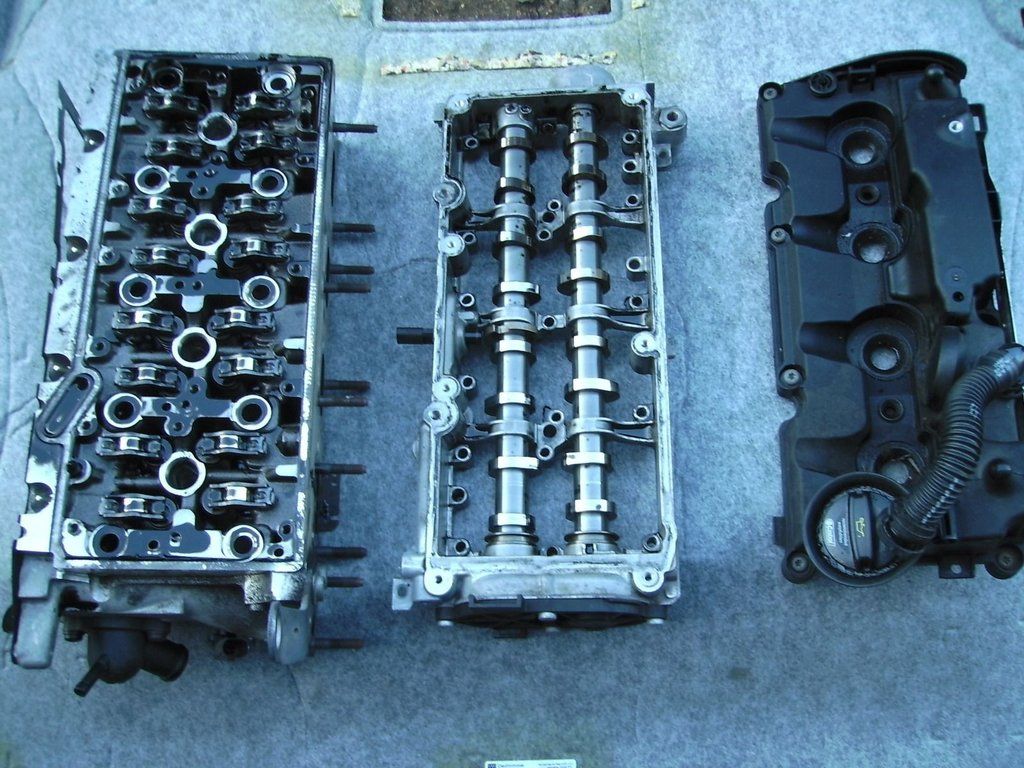You can find all sorts of information about the head gasket, and many car owners are aware of the functions of it, but much less know about the cylinder head itself.
The main task of the cylinder head is to close the combustion chamber of the engine from the top. The upper part of the engine is called the cylinder head, while the lower part is the engine block. The cylinder head sits on the engine and closes off the combustion chamber. The gap that remains between the cylinder head and the engine is completed by the head gasket.
Another task of the cylinder head is to ensure the constant lubrication of the cylinder. If the cylinders are not well-oiled, a smooth operation of the engine is not possible, which is why the cylinder head is an indispensable part of the function of the engine.
Can the cylinder head get any defects?
Unfortunately, the complex structure of the cylinder head and its numerous tasks make it prone to defects. The most common defect is a leaking cylinder head gasket, which is caused by an increased abrasion. There can also be defects on the cylinder head itself, for example, by the high temperatures and strong vibrations in a running engine. This can lead to cracks in the material of the cylinder head.
The 5 most common signs of cylinder head defects include:
- You notice a power loss of the engine
- The cooling water temperature is in the red area
- You see oil in the cooling water
- You must refill water and oil after just a short time
- You notice a bad cold start behaviour
If you notice irregularities in the functioning of your engine, it is advisable to contact a workshop as soon as possible to prevent further damages.








